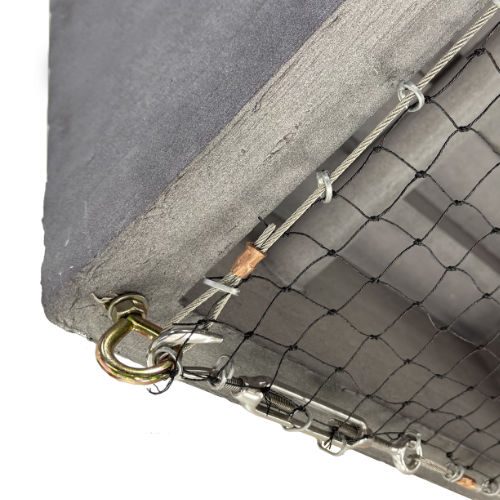Gull Identification
Gulls and other related sea birds exist in great numbers along coastal areas, large lakes and rivers. A subset of long winged swimming birds, there are 45 species of seagulls . Twenty species are resident (nesting) in North America and four are visitors (non-nesting). Gulls are intelligent birds. They will carry mussels and clams high in the air and drop them on hard surfaces to get to the soft meat inside. Gulls have the ability to drink saltwater and freshwater, thanks to a pair of salt removing glands above their nostrils. They are good swimmers who can walk or run agilely on land. Gulls are scavenging birds; they will eat everything from dead fish and garbage to field mice and insects. Gulls are protected by law at the federal, state and local levels.
The typical Gull has a light colored body with black wing tips and a dark mantle that can range from deep black to light gray. Their coloring can change between seasons. Juveniles are usually brown with a dark band on the tail.
Gull Damage
Gulls can be a nuisance in coastal areas, particularly at dump sites, piers and harbors. Flocks of Gulls often create hazardous conditions to low flying aircraft. Large buildup of droppings will lead to structural damage from the uric acid. Boats, streetlights and buildings are just a few of the items damaged from excessive gull droppings. Furthermore, their droppings can also pose a health risk.
Gull Deterrents
There are a number of ways to get rid of seagulls.
Gridwire systems and large 4″ mesh
StealthNet will deny access to large open areas.
Bird-Flite spikes, 5″
Bird-Coil, and
Bird-Shock Flex-Track are very effective on ledges depending on the level of bird pressure. The
Daddi Long Legs is a great product to dissuade Gulls from landing on silos, street lights, A/C units & large flat rooftops. For feeding sites such as dumps, a wide variety of
Audio and
Visual Deterrents like the Scare Eye Ballon and high tech multiple and random sound distress call units like the Bird-Gard units should be combined with exclusionary products such as
Gridwire systems,
TowerGuard or 4″
StealthNet.
Gull Nesting
Gulls build basic nests on the ground in safe open areas. The nest often consists of grass, seaweed and some sticks. They nest in colonies on sandy or gravely areas near the shore.
Gull Breeding
These birds have one brood a year with an average of three eggs. Incubation takes 20 to 24 days with a six week fledgling period before the young leave the nest. The eggs are brown, green or blue with blotches of black, brown or gray.
Gull Cycles
Some species are migratory. Gulls need open water and secluded breeding areas. Because of this, Northern Gulls will fly south away from frozen lakes and rivers in the winter, while southern Gulls stay put year round. They have a distinct springtime breeding season. The young take two years to mature and display adult plumage.


